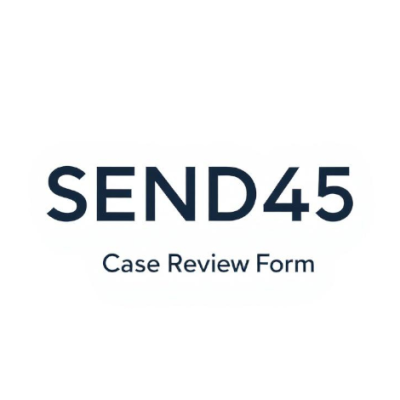By Andrea Dixon-Boldy, Founder – SEN Parent Support Group™
If you’ve ever wondered how schools are supposed to use your child’s IEP within the graduated approach, this blog is your roadmap. No fluff. Just clarity, compliance, and practical power.
What Are SEND Descriptors?
SEND descriptors are short, specific statements that define a child’s actual needs, not vague labels like “struggles with learning” or “has anxiety.” They pinpoint what’s happening, why it matters, and how it affects access to learning, independence, and wellbeing.
Each descriptor should sit in IEP. It’s the foundation of a great plan, similarly section B of an EHCP. If it is vague, everything else collapses.
How Descriptors Drive the APDR Cycle
The graduated approach Assess, Plan, Do, Review (APDR) is the legal framework for supporting children with SEND. Here’s how your descriptors plug into each stage:
| APDR Stage | What Schools Must Do | How Your Descriptors Help |
|---|---|---|
| Assess | Gather evidence of needs | Use the descriptor to guide observations, logs, and assessments |
| Plan | Set SMART outcomes and provision | Match the descriptor to targeted outcomes and provision statements |
| Do | Deliver the support | Use the provision map to track fidelity and dose |
| Review | Measure progress and impact | Use SMART outcomes to evaluate gains and adjust provision |
How to Use Our Downloadable Descriptors in Your Child’s IEP
We’ve created a ready-to-use document that maps Need Descriptors, SMART Outcomes, and Provision Statements across five key areas:
- Communication and Interaction — SLCN and Autism
- Cognition and Learning
- Social, Emotional and Mental Health (SEMH)
- Sensory, Physical and Medical (including VI/HI)
Here’s how to slot them into your IEP or EHCP: To view – click here
To view how an IEP should be structured – click here
| Section | What to Paste |
|---|---|
| B | Need descriptor |
| E | SMART outcomes (choose mild/moderate/significant based on current presentation) |
| F | Educational provision |
| G | Therapy/clinical provision (if applicable) |
| H | Social care actions (if applicable) |
Tip: Always ask for provision map evidence. If it’s not tracked, it’s not happening.
Why This Matters
Schools often default to generic plans. But generic doesn’t work. Your child deserves a plan that reflects their actual needs, with provision that’s specific and measureable.
This resource helps you:
- Write or review your child’s IEP with confidence – view here
- Hold schools accountable to the APDR cycle – view here
- Ensure provision is matched to need — not budget – Maslow’s Hierarchy of Need – view here
- Review your Child’s EHCP – view here
Download the Descriptors Now
You’ll find the full document in our Resource Hub and Guides section. It’s already formatted for copy-paste into IEPs. No guesswork. Just action.
👉 Visit the Resource Hub
👉 Register for full access
Let’s stop the cycle of vague plans and unmet needs. Your child’s journey deserves clarity, structure, and lawful support and this is how we get it.
Navigating SEND educational processes for better outcomes, TOGETHER™
Understanding SEND
Communicating With School
All Things EHCP
- LETTER: To LA When Annual Review Draft Has Not Been Received
- RESOURCE: EHCP Draft – SEN Parental Checklist
- GUIDANCE: Educational Psychologist Directives Whilst Assessing For EHCPNA
- RESOURCE: Refusal To Issue EHCP – What To Do Next
- LETTER: To The LA When They Have Not Confirmed Needs Assessment Within Statutory Timeframe
Attendance, Exclusions & Sanctions
- GUIDANCE: Exclusions Fixed Term or Permanent
- LETTER: To School When They Fail To Progress After Part Time Time-Table
- VLOG: How To Communicate To Prevent The Threat of Fines!
- GUIDANCE: Government Guidance on Suspension/Exclusion – England
- RESOURCE: Parent Admin – Spreadsheet for recording school events.









